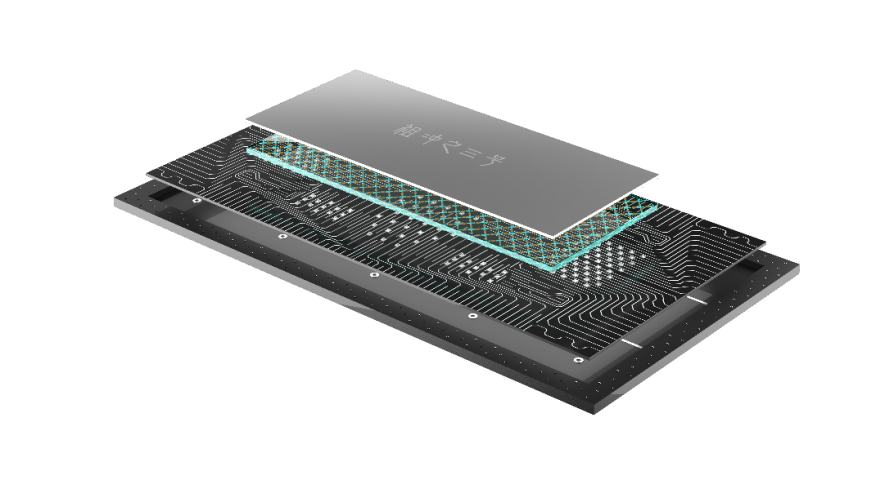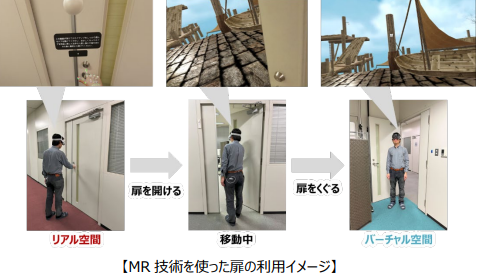2025-03-03 中国科学院(CAS)
 Schematic diagram of the Zuchongzhi-3 chip. 105 qubits and 182 couplers are integrated on the same chip to perform quantum random circuit sampling tasks. (Image by USTC)
Schematic diagram of the Zuchongzhi-3 chip. 105 qubits and 182 couplers are integrated on the same chip to perform quantum random circuit sampling tasks. (Image by USTC)
<関連情報>
- https://english.cas.cn/head/202503/t20250305_903086.shtml
- https://journals.aps.org/prl/abstract/10.1103/PhysRevLett.134.090601
105量子ビットのZuchongzhi 3.0プロセッサーで量子計算の新たなベンチマークを確立 Establishing a New Benchmark in Quantum Computational Advantage with 105-qubit Zuchongzhi 3.0 Processor
Dongxin Gao, Daojin Fan, Chen Zha, Jiahao Bei, Guoqing Cai, Jianbin Cai,,, Sirui Cao,,, Fusheng Chen,,, Jiang Chen et al.
Physical Review Letters Published: 3 March, 2025
DOI:https://doi.org/10.1103/PhysRevLett.134.090601
Abstract
In the relentless pursuit of quantum computational advantage, we present a significant advancement with the development of Zuchongzhi 3.0. This superconducting quantum computer prototype, comprising 105 qubits, achieves high operational fidelities, with single-qubit gates, two-qubit gates, and readout fidelity at 99.90%, 99.62%, and 99.13%, respectively. Our experiments with an 83-qubit, 32-cycle random circuit sampling on the Zuchongzhi 3.0 highlight its superior performance, achieving 1×106 samples in just a few hundred seconds. This task is estimated to be infeasible on the most powerful classical supercomputers, Frontier, which would require approximately 5.9×109 yr to replicate the task. This leap in processing power places the classical simulation cost 6 orders of magnitude beyond Google’s SYC-67 and SYC-70 experiments [Morvan et al., Nature 634, 328 (2024)], firmly establishing a new benchmark in quantum computational advantage. Our work not only advances the frontiers of quantum computing but also lays the groundwork for a new era where quantum processors play an essential role in tackling sophisticated real-world challenges.



